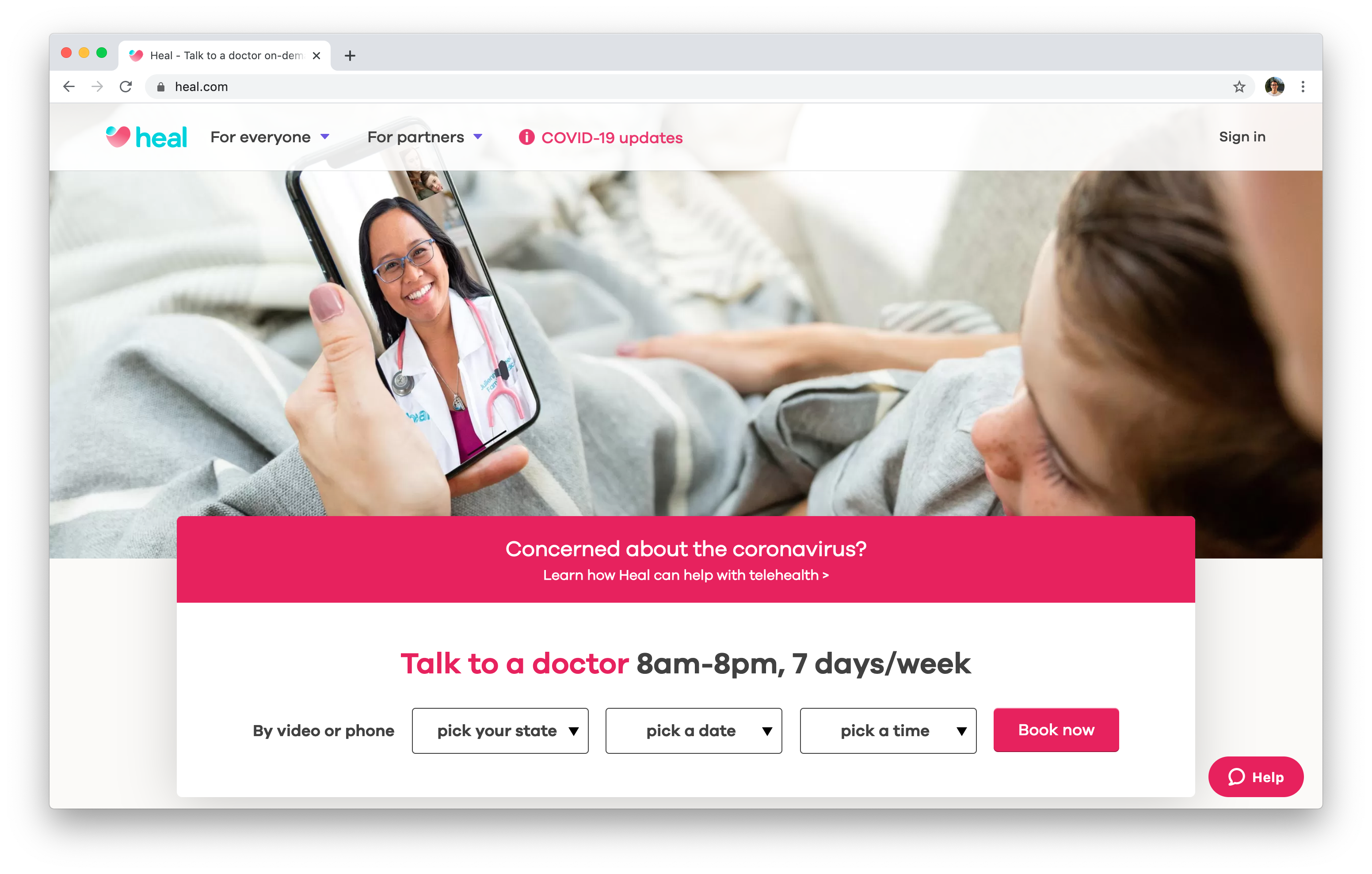Exactly How Subscription-Based Healthcare Is Reinventing the Medical Market

The Increase of Registration Healthcare
In recent years, the health care industry has seen a substantial change in the direction of subscription-based versions, mirroring broader customer fads favoring convenience and predictability. This improvement is driven by the boosting need for even more easily accessible and personalized care solutions. Membership medical care, often described as concierge medicine or straight key treatment, uses clients a set monthly fee for a variety of clinical solutions, considerably modifying conventional fee-for-service models.
The surge of membership health care is helped with by advancements in innovation, which make it possible for structured communication between individuals and service providers - subscription based healthcare. Digital platforms and telehealth solutions have actually ended up being integral, supplying clients the capability to schedule consultations, access clinical records, and receive appointments online. This technical integration not only boosts individual engagement however also permits suppliers to deliver much more efficient treatment
Moreover, the membership version aligns with the developing expectations of individuals who seek more control over their health care costs and experiences. While this model is getting grip, its spreading encounters difficulties such as governing difficulties and the requirement for wider acceptance within the conventional healthcare environment.
Benefits for Providers and individuals
Subscription-based medical care offers a plethora of advantages for both service providers and individuals, improving the characteristics of treatment. For people, this model offers enhanced accessibility to health care solutions. With a foreseeable regular monthly charge, patients can delight in limitless assessments, reduced delay times, and individualized treatment. This plan frequently leads to a more aggressive strategy to health and wellness management, enabling for timely interventions that can protect against chronic conditions from escalating. The monetary openness of subscription versions reduces the changability associated with standard fee-for-service payment, alleviating the concern of unforeseen clinical expenses.
For health care service providers, subscription-based versions promote an even more enjoyable and sustainable method. By safeguarding a constant income stream, providers can focus on providing high-grade treatment without the stress of volume-based solution. This design urges longer patient appointments, fostering stronger patient-provider relationships and boosting health and wellness outcomes. Additionally, it provides service providers the flexibility to innovate and incorporate precautionary and alternative care techniques. Management jobs are often streamlined, decreasing above prices and allowing companies to commit more time to person interaction. In general, subscription-based healthcare straightens the motivations of suppliers and individuals, promoting an extra patient-centered and effective healthcare delivery system.
Secret Attributes of the Model
Frequently, the essential attributes of the subscription-based healthcare version emphasize its distinct method to supplying medical solutions. Central to this version is the concept of foreseeable, regular monthly payments, offering clients a detailed array of solutions without the changability of standard fee-for-service frameworks. This design frequently consists of endless accessibility to main treatment solutions, preventative treatment, and regular check-ups, making certain that patients can engage with their health care carriers proactively rather than reactively.
Additionally, direct sites communication channels, such as telemedicine and messaging platforms, are highlighted, enabling individuals to get prompt guidance and examinations without needing in-person visits. This boosts ease of access and benefit, especially for individuals with mobility restrictions or those living in remote areas. The model also fosters stronger doctor-patient relationships, as healthcare service providers are incentivized to focus on long-lasting health and wellness outcomes instead than temporary sees.
In addition, subscription-based healthcare usually incorporates technological developments, such as electronic wellness records and health tracking apps, to offer personalized and reliable treatment. Patients profit from collaborated and constant care monitoring, which is tailored to their details wellness requirements. Inevitably, these functions jointly produce a patient-centered healthcare experience, focusing on availability, cost openness, and precautionary care.

Factors To Consider and difficulties
While the subscription-based medical care version offers numerous benefits, it is not without its difficulties and factors to consider. One considerable challenge is ensuring fair gain access to. Subscription versions may accidentally prefer those with higher socioeconomic condition, potentially expanding differences in health care accessibility for lower-income individuals that may deal with month-to-month charges. This elevates ethical concerns regarding inclusivity and equity in healthcare shipment.
Another challenge depends on regulative conformity. Subscription-based healthcare should browse a complicated internet of regulations that vary by area, consisting of issues around individual discretion, information protection, and state licensing needs. Making certain compliance without restraining the version's versatility and technology can be daunting for carriers.
In addition, there is the threat of overutilization or underutilization of solutions. Patients paying a repaired charge may overuse services, causing boosted functional expenses, while others may underutilize because of be afraid of straining the system, possibly ignoring needed care.
Future Prospects and Innovations
The landscape of subscription-based healthcare is poised for transformation via emerging developments and developing prospects. As technology proceeds to breakthrough, the assimilation of fabricated knowledge and artificial intelligence presents substantial possibilities to improve diagnostic precision and simplify individual administration. Predictive analytics can revolutionize precautionary care by identifying possible health and wellness risks prior to they show up, consequently decreasing both costs and the worry on health care systems.
Additionally, telemedicine is readied to broaden within subscription versions, offering people enhanced accessibility to healthcare professionals regardless of geographical restraints. This not only helps with continuity of care yet likewise encourages individuals to involve more proactively in their health and wellness management. Furthermore, blockchain innovation provides possible in securing person data and making sure interoperability across systems, fostering depend on and transparency.
The development of tailored medicine is one more frontier, with subscription designs giving an one-of-a-kind framework for supplying customized wellness options. Hereditary testing and individualized therapy strategies can be effortlessly incorporated, aligning individual requires with details clinical treatments. Additionally, collaborations in between tech companies and doctor are likely to produce ingenious remedies, enhancing client experiences and results. As these leads emerge, subscription-based health find out here care has the prospective to redefine how treatment is supplied and accessed.
Conclusion
Subscription-based health care is transforming the medical industry by supplying a more obtainable, foreseeable, and patient-centered technique to medical services. This model enhances patient-provider relationships, ensures economic openness, and highlights preventive treatment via unrestricted examinations and telemedicine. Regardless of obstacles such as regulative obstacles and possible differences in accessibility, the registration design holds promise for an extra effective and personalized medical care experience. As innovation advances, better advancements are likely to resolve existing difficulties and optimize healthcare distribution.
Membership medical care, often referred to as concierge medicine or straight key care, supplies clients a set month-to-month fee for a variety of medical solutions, significantly changing standard read more fee-for-service versions.
Furthermore, the registration model aligns with the progressing assumptions of clients who look for even more control over their medical care expenditures and experiences. For patients, this design gives boosted accessibility to medical care services. Generally, subscription-based medical care straightens the motivations of service providers and individuals, advertising a much more effective and patient-centered healthcare delivery system.
Moreover, telemedicine is set to expand within subscription models, offering clients enhanced access to healthcare professionals regardless of geographical constraints. - subscription based healthcare